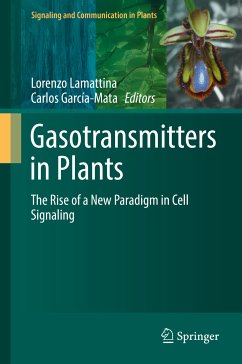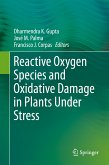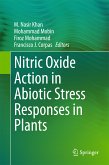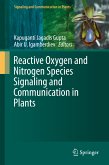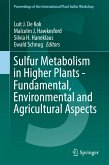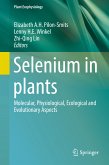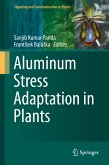Common properties are shared by NO, H2S and CO: they are beneficial at low concentrations but hazardous in higher amounts; they are small molecules of gas; they can freely cross cell membranes; their effects do not rely on receptors; they are generated enzymatically and their production is regulated; their functions can be mimicked by exogenous application; and their cellular effects may or may not be mediated by second messengers, but have specific cellular and molecular targets.
In plants, many aspects of the biology of gasotransmitters remain completely unknown and generate intriguing questions, which will be discussed in this book.
Dieser Download kann aus rechtlichen Gründen nur mit Rechnungsadresse in A, B, BG, CY, CZ, D, DK, EW, E, FIN, F, GR, HR, H, IRL, I, LT, L, LR, M, NL, PL, P, R, S, SLO, SK ausgeliefert werden.

